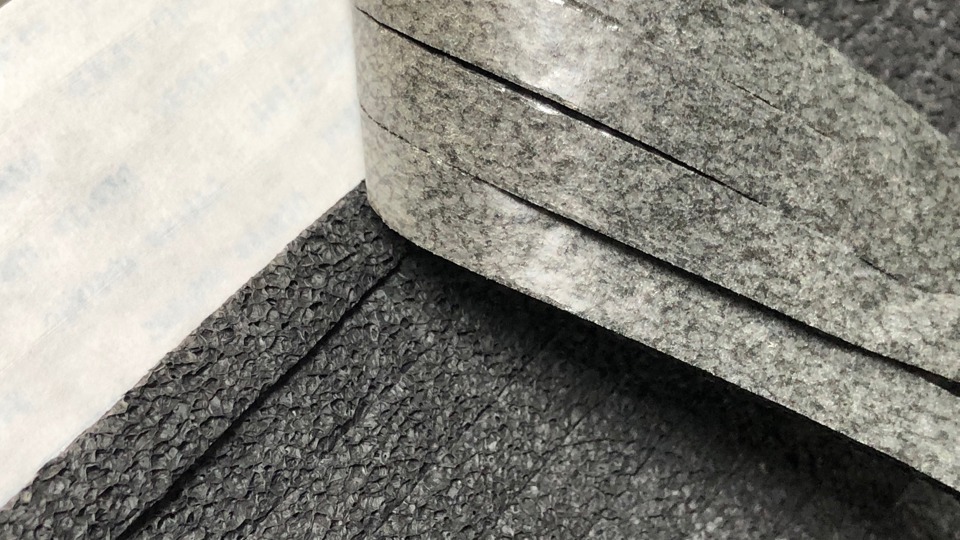Part 2: The Basics of Pressure Sensitive Adhesive (PSA) Failure

In Part 1 of the Basics of Pressure Sensitive Adhesive Failure, we talked in depth about the surface preparation and language. In Part 2, we will walk through the steps of an application of a PSA and how it will affect the bond performance.
In addition to good surface preparation, “how” the PSA is applied affects bond performance. There are three external parameters used in conjunction to get a good bond. Pressure, Time and Temperature. Pressure is the uniform application of an external load on the PSA mechanically forcing the adhesive film into the micro porosity of the substrate. Time is how long the PSA has to flow, or “wet-out” across the surface.
A good bond requires full wet-out. If parts are placed into service before completion of wet-out, the bond has not reached its full potential and could fail in service. Temperature comes into play because warmer temperatures reduce PSA viscosity thereby accelerating adhesive film flow or “wet-out”.
These three parameters all interact with each other in achieving a complete bond. Think of it in terms of a triangle with Pressure, Time and Temperature at each corner. As you shift away from one parameter, you need more of the other parameters to achieve a good bond. For example, if the PSA is slightly warmed, less pressure and time is needed because the PSA is less viscous and flows more easily.
By increasing pressure, less time is needed because the PSA is mechanically pushed into the surface.
As a basic visual example, think of a surface with two puddles of liquid - one a puddle of water, the other a puddle of molasses. When you place a glass plate on the puddle of water, the water almost instantly flows to the edges of the glass plate.
This visually represents what is meant by full wet-out. The PSA (i.e. water) has flowed across and filled every nook and cranny between the glass plate and surface without any additional pressure other than the weight of the glass. When a piece of glass the same size is placed on top of the molasses it very slowly creeps out to the edges.
Given enough time it will eventually reach the edges of the glass plate. If you don’t want to wait, you can add pressure by pushing down on the glass, forcing the molasses to quickly flow to the edges.In this example, the water represents a warmed, low viscous PSA and the molasses represents a room temperature PSA. You can see from this example how Pressure, Time and Temperature interact in achieving a good bond.
In another example, a customer complained that a die cut acrylic foam tape was failing. In some cases so badly that when their line operators pulled the red plastic release liner to apply the mating part, the entire acrylic foam patch pulled away from the substrate.
After significant in house testing that could not repeat the failure a visit to the customer revealed upon close inspection that the adhesive patch was not fully adhered to the substrate. When pressure was applied across the entire surface and the PSA allowed too wet-out it literally could not be removed from the substrate.
It was later discovered that the customer was paying piece rate for an outside assembly shop to install the PSA patches. In their haste, operators were sticking the parts just well enough so they wouldn’t fall off in transit.
They hadn’t been instructed to apply complete and uniform pressure across the entire surface. Without pressure applied across the entire surface, the PSA could not wet-out to develop a full bond.
There are many other factors that must be considered when selecting the appropriate PSA. Keep in mind that a balanced combination of Pressure, Time and Temperature are needed to achieve a fully functional PSA bond, whether it’s only needed briefly to assist in assembly or permanently fasten something throughout the intended service life.